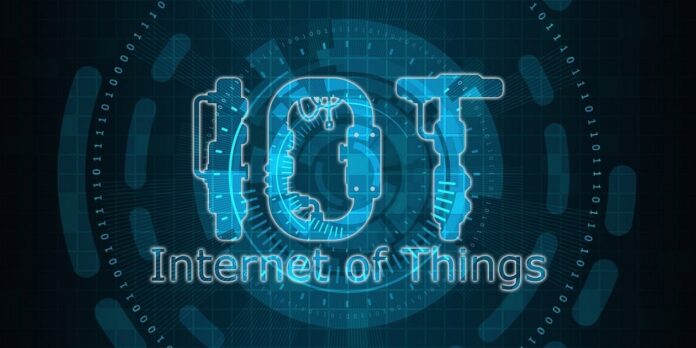As more industries are using satellite IoT for remote monitoring and data processing, devices can communicate globally through satellite constellations. This dependency on satellite communication creates some issues, and the demand to secure that data is enhanced. For example, malicious actors can intercept or manipulate data, disrupting operations. Therefore, protecting security is vital for sensitive information and uninterrupted communication.
Key Security Risks in Satellite IoT Networks
Satellite IoT networks face a wide variety of threats:
- Data Breach: Communication exposed between the constellations and the satellite stations can be hacked, which allows data-sensitive data to be exposed.
- Signal Jamming Combined with Spoofing: Attackers can spoof signal transmission from satellites or jam the site where signals are being sent, which disrupts or delays data transfer.
- Vulnerable Devices: Cyber attacks are directed at the majority of satellite IoT devices, such as sensors used in farming, because they are still bare and do not include sophisticated security features.
Ways to Improve Security in Satellite IoT Networks
1. Encryption of Data Transmissions
Encryption is step one in effectively monitoring and securing satellite IoT networks. By employing the end-to-end encryption method, the data is secured in an unobtainable form for unauthorized persons. This has great importance in businesses like agriculture, where data is sent from remote sensors to satellites up to the second.
2.Security Procedures: Authentication and Access Control
Authenticated devices disable non-approved devices from connecting to the network. Furthermore, implementing multi-factor authentication (MFA) for both devices and users enhances security. With access controls, identities are verified before granting access, reducing the chances of unwanted data manipulation. This is critical in fields such as agriculture that depend on real-time accurate data.
3.Regularly Updating Software and Adding Patches
Cyberattacks are efficiently executed on IoT devices that use outdated software. By updating software regularly and establishing new patches, you can safeguard satellite IoT devices that need immediate protection. Security loopholes are resolved if the devices and satellite communication systems are in working order, which ensures these systems are secured. This helps to reduce the chances of the systems being exploited.
4.Attacks: Segmented Networks and Firewalls
Network segmentation separates critical components from less sensitive ones, lessening the damage resulting from a security breach. For example, in agriculture, sensors can be positioned in isolated network segments, preventing them from being mixed up with general operational devices. Firewalls placed between segments provide a second layer of security by blocking unauthorized access.
5.Real-Time Monitoring and Anomaly Detection
The need for real-time monitoring of satellite IoT systems stems from protecting a specific level of security that, if breached, could lead to unwanted harm. AI-powered anomaly detection tools can help locate abnormal behavior or data transmission patterns of devices.
Enhancing Security with the LEO Satellite Constellations
The integration of satellite constellations enhances security measures on the satellite IoT networks, especially when it is constructed in the Low Earth Orbit. LEO satellites quickly respond to security threats because it has lower latency and higher data transfer rates. Moreover, with advanced encryption and security measures, LEO satellites provide more secure real-time data transmission to industries.
Conclusion
The security of satellite IoT networks is essential, mainly as industries such as agriculture depend on real-time visualization. Incorporating encryption, device authentication, patching, and network segmentation can help organizations counter cyber risks. The future of satellite IoT Networks is feasible, provided that security is enforced on every stratum. Owing to the constant developments in satellite technology and cybersecurity, these networks can continue to be secure, effective, and dependable for years to come.
FAQs
What is the role of encryption in the security of satellite IoT Networks?
As in other cases, encryption guarantees that any intercepted data is rendered useless to any unauthorized person, protecting sensitive information like agricultural data.
Why is device authentication a must for satellite IoT security?
Device authentication will ensure that only trusted devices have access to the network, and therefore, no data will be tampered with or altered from sensitive sectors like agriculture.






